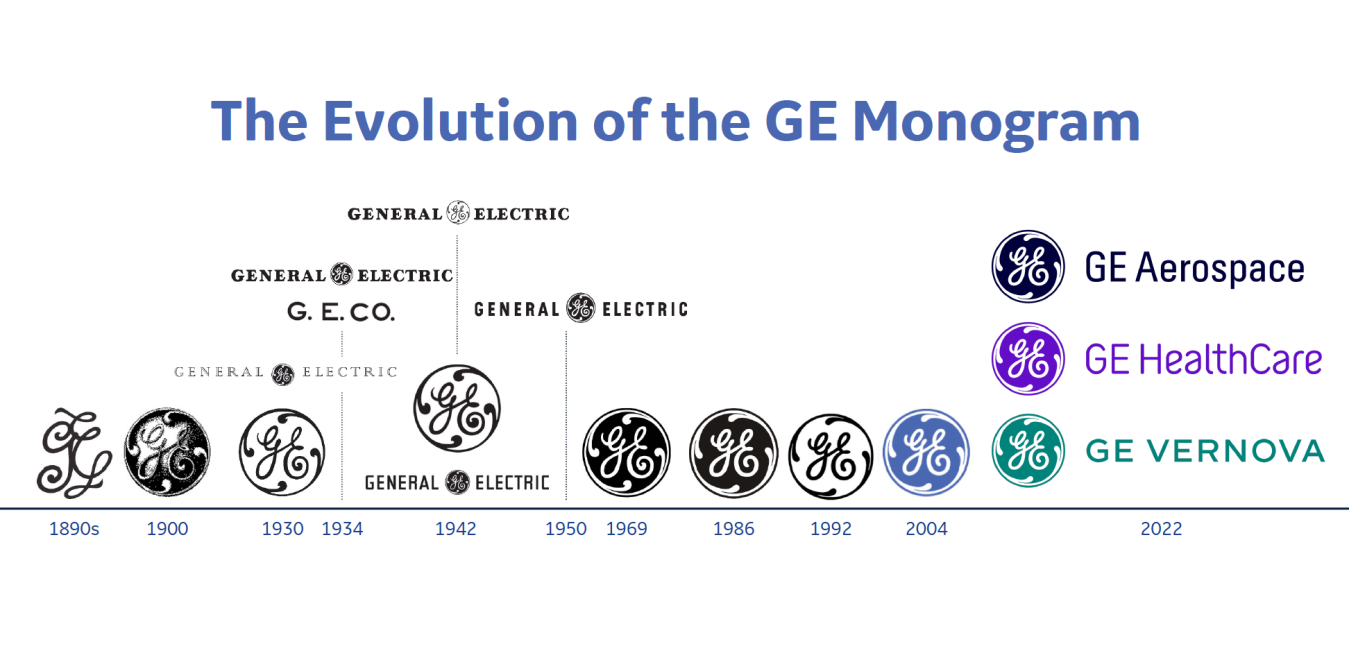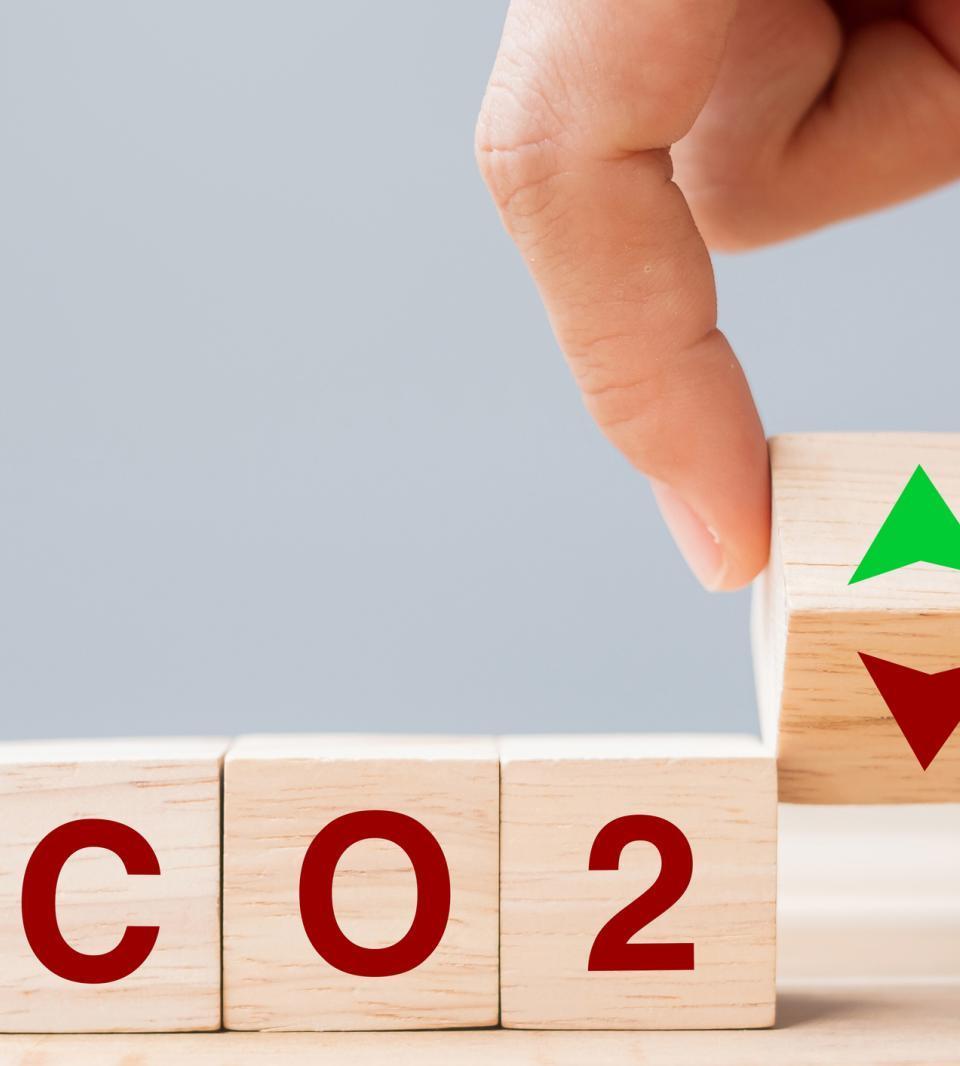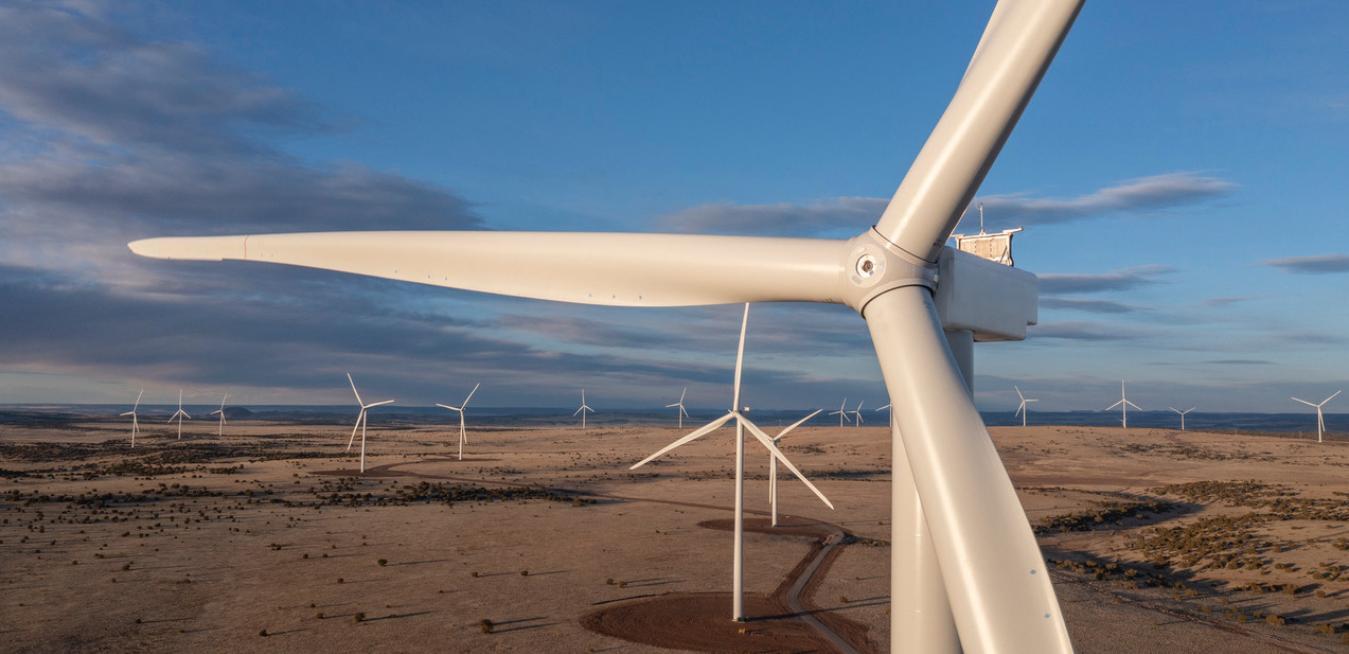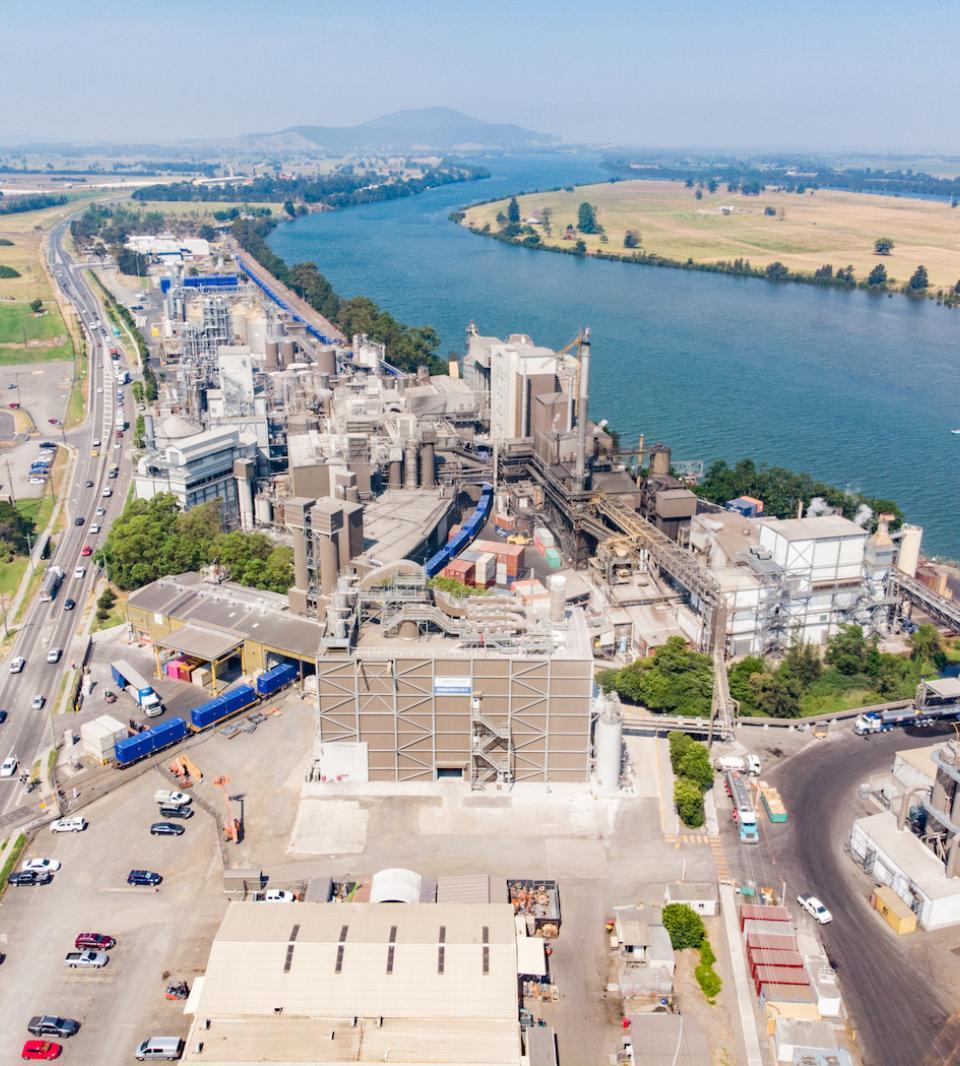News and insights from Vietnam
Last fall, GE announced plans to become three independent and publicly traded businesses focusing on healthcare, energy, and aviation.* Last week, the company unveiled their names: GE HealthCare, GE Vernova, and GE Aerospace. Channeling 130 years of innovation, all three industry leaders will retain the GE name and the company’s famous round logo, which spells its initials and dates back to the time of Thomas Edison.
Sustainable development and carbon emission reduction are the key target of the times with any industrial production. As matter of fact, new inventions are researched with an aim to carbon-neutral materials and green-fueled technologies. Let’s see how these technologies enhance emission reduction targets.
The aviation industry has an ambitious goal. The target is to reach net-zero CO2 emissions by 2050 through a mix of revolutionary aircraft and propulsion technologies, alternative fuels and operational improvements.
In a matching ambition to be a net-zero company by 2050, GE Aviation is helping lead the industry to reduce CO2 emissions from flight.
The energy sector plays a key role in addressing climate change, but the accelerated deployment of renewable and gas power together is a viable path to combating climate change. Narendra Asnani, general manager of Contractual Services Asia, GE Gas Power talked with VIR’s Thanh Van about the future of energy and how GE can support Vietnam’s energy transition.
How do you think the world can best accelerate energy transition across the board?
In 2020, GE made a commitment to become carbon-neutral in its own operations by 2030, and the following year the company announced that it is going even further, reaching net zero by 2050 — including the Scope 3 emissions that result from the use of sold products. As the company unveiled its 2021 Sustainability Report this week, we looked back at some of this year’s biggest developments, which include offshore wind, hydrogen fuel, carbon capture and sequestration, small modular nuclear reactors, pumped hydro and other technologies.
Healthcare is one of the three key areas of operation for GE in Vietnam, along with aviation and energy. Statistics show that more than half of all clinics and hospitals in the country have at least one piece of GE medical technology or equipment. However, the journey of GE Healthcare Vietnam does not only revolve around state-of-the-art medical equipment and technologies. Stories about two GE Healthcare staffs supporting the medical industry show another side of painstaking commitment and personal investment.
Last week, when President Joe Biden spoke at the launch of the new Federal-State Offshore Wind Partnership — set up to speed the growth of the offshore wind industry in the United States — he highlighted the Haliade-X, a powerful turbine developed by GE Renewable Energy to serve customers around the world.
Breakthroughs in health & medicine technologies are opening up opportunities to bring human a new life. Let's find out what are they.
Coal-fired boilers have provided global industry with steam and power since the industrial revolution. But today, their high carbon emissions have become a liability. Given their steady and reliable output of energy, replacing them is far from simple. Australia’s Manildra Group, a large family-owned agribusiness, is now lighting the way.
In an increasingly volatile environment determined by changing energy policies, fluctuating fuel prices and geo-political conflicts, fossil power producers need to adjust asset management and supply chain strategies to remain competitive.
There is no doubt that the world is becoming increasingly volatile for conventional power producers. As the efforts to decarbonize the energy sector to address climate change are intensifying, political tensions and conflict in some parts of the world are adding to the uncertainty.













